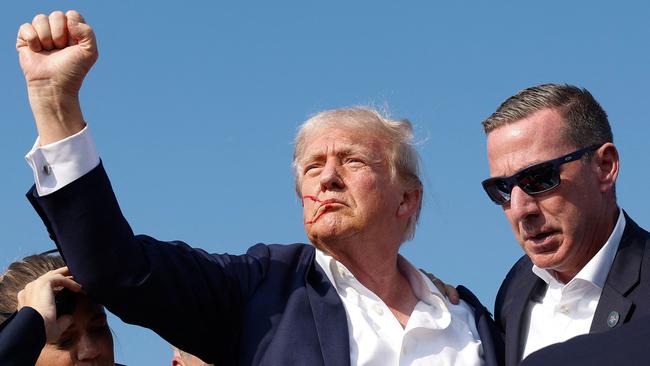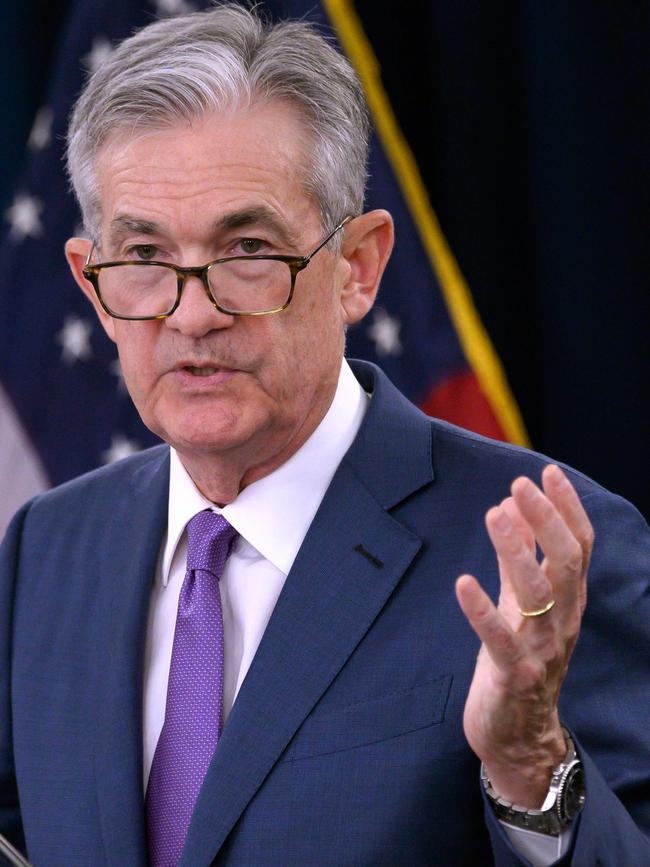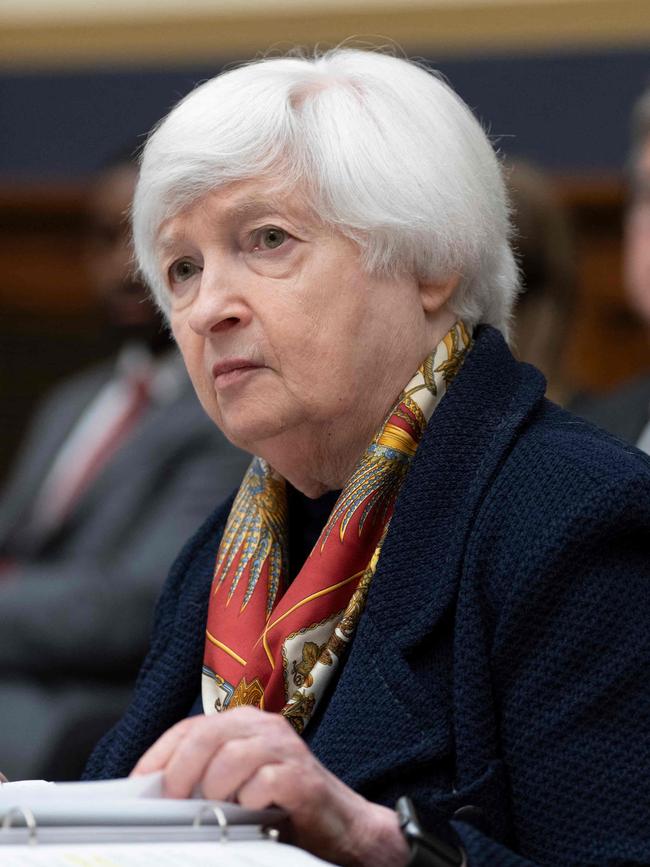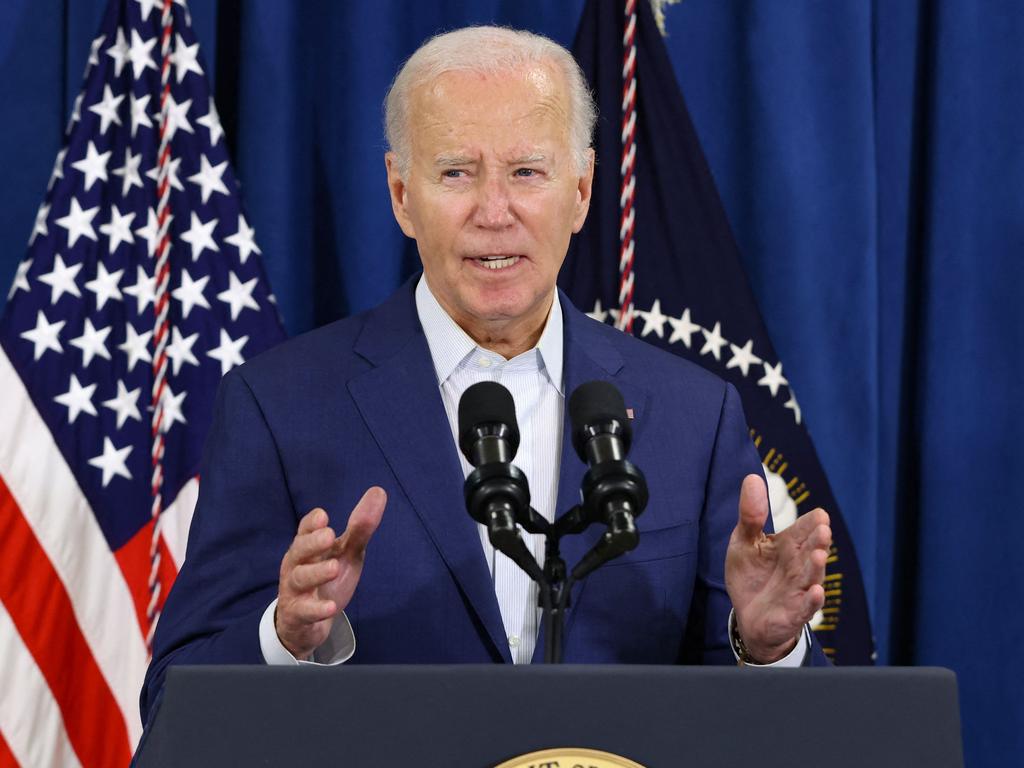
It is important therefore to discuss the policies that a Trump administration will implement, a discussion that has been sadly missing from most of the press coverage. These policies need to be compared with those pursued by President Joe Biden.
The first thing to say is that the policy agenda of Trump mark I was generally standard stuff. Lowering company tax rates is advocated by many economists as a means of stimulating investment and raising real wages. Some high tariffs were levied on goods from China, action that was as connected with national security as it was with economics. Attempting to restrict uncontrolled illegal immigration is also uncontroversial.
Trump was never much worried about the country’s budget situation, an insouciance that has also characterised the Biden administration. In 2019, government debt in the US was 108 per cent; it is now 123 per cent. The US budget deficit is currently running above 6 per cent of GDP. This is an important backdrop going into the next term of government.
The outline of the economic policies that Trump might implement in the coming years is not entirely clear.
There are some major divisions within the Republican Party between what could be described as the traditionalists and the radicals. (Greg Ip of The Wall Street Journal has described these two groups as libertarians and conservatives, labels I regard as misleading.) The radicals are influenced by Project 2025, devised by the Heritage Foundation.
One of the proposals is to levy a 10 per cent tariff on all imports to the US as well as further raise specific tariffs against Chinese goods. The idea is that tariffs should become a substantial source of revenue for the federal government and provide the means to lower personal income taxes. It has been pointed out that the arithmetic doesn’t bear out this proposition: a 10 per cent tariff would raise only a fraction of the income derived from personal income tax.
Of course, those countries whose exports will be hit by the tariff may well retaliate, leading to a beggar-thy-neighbour outcome in which all countries are worse off. But as an extremely large economy with a degree of market power in its purchasing, the US is likely to be less damaged than smaller ones.
The main issue is the US imposing across-the-board tariffs would effectively end the rules-based order of the world trade system, which has admittedly limped on for several decades. The notion that open trade undertaken according to mutually agreed rules is the pathway to widespread prosperity would be filed in the bottom drawer, at least for a while.
The backdrop here is Trump’s strange view on trade deficits, something he weirdly equates with the US being robbed by the exporting countries. He is influenced by currently incarcerated Peter Navarro, an economist with no standing in the profession.

Another radical idea is that the central bank of the US, the Federal Reserve Board, should be abolished and that “free money” should prevail. There is little doubt that the independence of the Fed annoyed Trump while in office, even though he appointed the chairman, Jerome Powell.
Such a move would be a far-reaching change, with the bond traders effectively setting interest rates and yields on government bonds. Whether this outcome would actually be more agreeable to Trump is a moot point. There is also the central issue of how to control inflation if an independent central bank no longer exists.
Abolishing the Fed is in fact just one example of eliminating some of the key agencies of the administrative state, referred to as “the swamp” by Trump. There is a view that he largely failed to limit the role and influence of unelected officials in government agencies during his first term.
Project 2025 recommends that many thousands of public servants working in various agencies (the Department of Justice, FBI and the Department of Commerce are examples) would be reclassified as political appointees and be answerable to the president. (The senior staff of government departments typically rotate with a change of government, in any case.)
In point of fact, a recent decision by the US Supreme Court, the Chevron case, is likely to clip the wings of many government agencies. The court ruled that the scope for the Environmental Protection Agency to make specific binding rulings without precise congressional statutory backing should be jettisoned. In the future, the autonomy of agencies to impose their mainly progressive agendas should be significantly curtailed.
Many Republicans also have a negative view of many large corporations, including influential investment companies. Captured by the “woke” thinking preferred by the Democrats, the executives of these companies are not seen as friends of Trump.
For this reason, Wall Street is likely to see various measures likely to crimp their activities and/or limit their scope to make excessive returns. At the same time, smaller businesses may find life easier under Trump, although bearing the impost of tariffs would be a downside.
As for controlling the surge of illegal immigrants across the southern border, it will be a significant challenge for an incoming government. Deporting large numbers of illegal immigrants already in the country is much easier said than done.

In the short term, it may deprive some parts of the country of cheap labour but this is a price that Trump is prepared to pay. The fact is that the costs of illegal immigration are not evenly shared across the country, a fact that may influence voting patterns. Some states are now taking matters into their own hands and this trend may continue even if Trump is elected.
Of course, everything is relative. The Biden administration has overseen ongoing budget deficits and rising government debt. The misnamed Inflation Reduction Act has been a honey-pot for lobbyists and rent-seekers; there are serious question marks over many of the renewable energy projects because of the scarcity of transmission capacity.
The CHIPS and Science Act has been a flop – encouraging the manufacturing of semiconductors while imposing diversity, equity and inclusion criteria on employment was never a good fit.
The irony here is that notwithstanding all the impediments to economic performance, the US economy continues to outclass virtually all other countries.
Its productivity performance is impressive and the US share of world GDP has risen by 2.3 percentage points since 2018 to 26 per cent, the highest proportion in two decades.
Some parts of the US economy continue to flourish notwithstanding dubious government policies and meddling agencies.
In the coming months, it would be refreshing to see the US election campaign focus on substantive policy issues rather than both sides taking personal potshots at the leaders. There is a lot at stake, including health and education policies. The tariff proposal is seriously flawed and may well be inflationary.
But it would help if there could be some serious discussion on the topic. It’s not as though the world trading system is without fault; fixing the defects would be a good place to start.
More Coverage
 It is important therefore to discuss the policies that a Trump administration will implement, a discussion that has been sadly missing from most of the press coverage.
It is important therefore to discuss the policies that a Trump administration will implement, a discussion that has been sadly missing from most of the press coverage. 'It's a miracle ... I'm supposed to be dead,' says Trump, also revealing new focus on unity; Biden says 'We must stand together'
'It's a miracle ... I'm supposed to be dead,' says Trump, also revealing new focus on unity; Biden says 'We must stand together'





The events of the past few weeks, as well as the weekend’s assassination attempt, have significantly raised the possibility that Donald Trump will secure another term as US president.